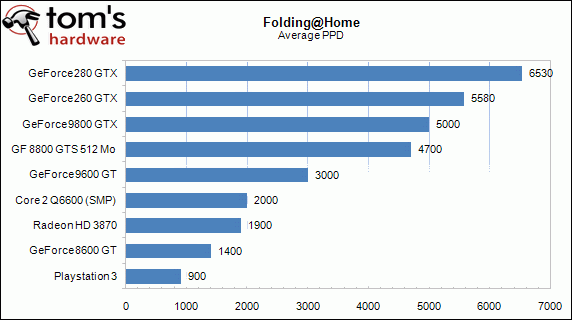@ Kyros
I agree with your perspectives, but regarding flexibility the Cell can perform the tasks accomplished by x86 CPUs with extra care.
The Cell can outperform even top current quad core x86 CPUs at double precision (although this yields suboptimal performance from the Cell, ideally developers should stick to half and single precision code formats, the Cell can crush the competition at this). For folding on the PS3 6 SPEs are being used.
Take a look at figure 6a (compare with quad-core Opteron and Clovertown processors, this document does not take into account the Cell's PPE):
http://www.cs.berkeley.edu/~samw/research/papers/ipdps08.pdf
Figure 5f is also interesting, using additional SPEs performance gains remain near linear with the Cell unlike the other processors.
GPUs will become more flexible though, some envision a merger between GPU and CPU tasks into one chip.













































